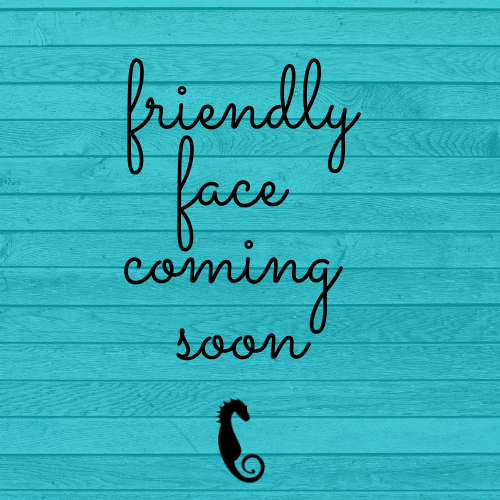Reviewed by Laurel Miram
It’s difficult to condense Dara McAnulty’s award-winning Diary of a Young Naturalist (Milkweed Editions, June 2021) into a tidy genre. More than memoir, beyond its natural catalogue and calls to action, this one-year diary breathes and bleeds the spirit of its author, brimming with all the anguish, delight, confusion, and clarity his 14 years can offer. McAnulty then punctuates this heartbeat with history, philosophy, botany, ornithology, and social commentary, orchestrating these divergent strands with a compelling lyricism even established poets and writers can appreciate and admire.
 Though it is never mentioned, Walden is reborn in these pages, which honor Thoreau’s legacy with a similar structure and purpose. McAnulty urges a simpler, uncluttered, more attuned existence through musings defined and ordered by the seasons—the pillars of the book’s four sections. Though his focus is “now,” the traces of his childhood are vividly present. His life is equal parts typical and atypical; he lives in the suburbs and attends (and is bullied in) traditional schools, but he and his family thrill to the natural world with an extraordinary ardor, spending every possible morning, afternoon, or evening steeped (sometimes literally) in the grit and glory of the outdoors. Their favorite places are parks and wild areas, they cry and exult together over rare bird sightings and grieve every near-death creature they fail to revive. They understand each other—bonded not only by these shared passions and experiences, but by the thread of neuroatypicality that meanders through their bloodline. Dara, his two younger siblings and his mother are all autistic. They bolster one another through the ecstasies and trials of life in a so-called “normal” world that often misunderstands and despises their fervor, forcing them to stifle their own natures, and to seek havens and means of expression that allow them to safely be who they are.
Though it is never mentioned, Walden is reborn in these pages, which honor Thoreau’s legacy with a similar structure and purpose. McAnulty urges a simpler, uncluttered, more attuned existence through musings defined and ordered by the seasons—the pillars of the book’s four sections. Though his focus is “now,” the traces of his childhood are vividly present. His life is equal parts typical and atypical; he lives in the suburbs and attends (and is bullied in) traditional schools, but he and his family thrill to the natural world with an extraordinary ardor, spending every possible morning, afternoon, or evening steeped (sometimes literally) in the grit and glory of the outdoors. Their favorite places are parks and wild areas, they cry and exult together over rare bird sightings and grieve every near-death creature they fail to revive. They understand each other—bonded not only by these shared passions and experiences, but by the thread of neuroatypicality that meanders through their bloodline. Dara, his two younger siblings and his mother are all autistic. They bolster one another through the ecstasies and trials of life in a so-called “normal” world that often misunderstands and despises their fervor, forcing them to stifle their own natures, and to seek havens and means of expression that allow them to safely be who they are.
McAnulty’s observations on institutionalized education, (in)human behavior and emotion, political promises and inaction, mental illness, and our presumed divide between civilization and the natural world are all infused with and informed by his autism, as was his early self-education in mushrooms, dinosaurs, and raptors, and the depths of feeling with which he imbibes and writes about the forms of life around him. When his peers rejected him early on, nature became his solace; his enduring ability to seep seamlessly into tree, water, wing and weather, and to let them all seep into him, form the foundation of this lovely book, but that is not the whole story.
Beyond its lyricism and insight, Diary of a Young Naturalist is also thoroughly well-informed, overflowing with enough flora and fauna to slake any nature lover’s thirst and seasoned with scattered mentions of Irish history and literary references well beyond the popular early teen canon of Harry Potter and his brand. Seamus Heaney’s verses mingle with the author’s own, with The Iliad’s sparrows, and with Mrs. Dalloway’s Londoners, embodying McAnulty’s conclusions about the unity of the human and the natural: that the discord of human society need not clamor so keenly, nor clang in contention with the harmony of the natural world. He asserts that we, as a people, must reframe and reclaim our place within nature, and dispel the notion that we are above and outside it because we choose not to let it into our fastidiously blockaded homes. Indeed, conflict is a perpetual theme in this book, as with any viable fiction piece—humans v. humans, v. nature, v. themselves—the standards are all here, as is the familiar rise, fall, climax, resolution, and denouement of plot and an animated cast of characters, most of which we homo sapiens would typically fail to notice or acclaim if not for the knowing adoration with which they are depicted. But this is a work of intention, and—quite surprisingly—of instruction, not entertainment. Through the ebb and flow of one young man’s year, we are urged to confront ourselves, our days and how we spend them, our voices and how we raise them, our interactions with the lives we mark and miss, to observe and reflect, to move beyond ticking boxes and fitting into them, and—at all costs—to linger, learn, and grow.

Laurel Miram
Staff ReviewerLaurel Miram’s work appears in SmokeLong Quarterly, Eastern Iowa Review, and OPEN: Journal of Arts & Letters, among other publications. She is a reader for The Lascaux Review and Witness Magazine. Her short prose has been nominated for the Pushcart Prize, Best American Essays, and the PEN/Robert J. Dau Short Story Prize for Emerging Writers.


